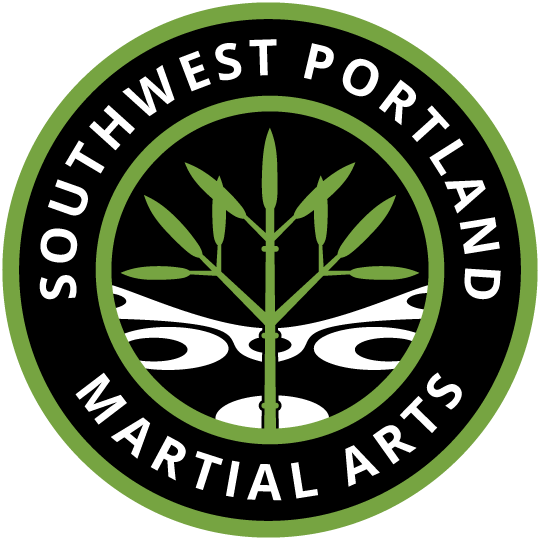Using a video camera for sparring was difficult but worth it. Using a video camera for forms was easy but worth it. When doing a form, there is a know sequence and a result (a strong and good looking form) that the student can achieve through their own effort. This makes it easy to watch the video, spot problems and offer corrections. When sparring, there is an unknown sequence and a result (scoring a point) that involves not only the student’s effort but foiling the efforts of a competitor.
Back to difficult versus easy. In the pursuit of any skill, it is useful to encounter both success and difficulty. Those successes give us the victories and confidence we need to go on. The difficulties help us see there is still far to travel. Too much ease bores a student. Too much adversity crushes them.
The question: is it valuable for the martial artist to be able to use video feedback? Definitely. There are effective and efficient ways to move and there are ineffective and inefficient ways to move. The camera doesn’t lie. It captures the way a student moves and allows an ease and depth of scrutiny that is impossible in “real time”.
On top of that, a teacher can see something a student does wrong, tell the student they are doing it wrong and still the student doesn’t hear. However, when the student sees the mistake on the screen, it becomes undeniable.
See if you can spot the bunny hop in the video.

One Response to Forms and Video Feedback